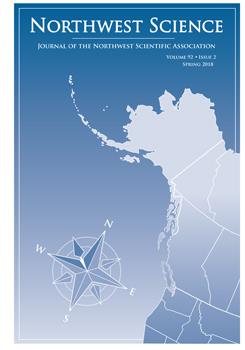BioOne.org will be down briefly for maintenance on 13 August 2025 between 18:00-21:00 Pacific Time US. We apologize for any inconvenience.
Articles (7)
ANNOUNCEMENTS (1)
ARTICLES (1)
NOTES (1)

No abstract available
No abstract available
No abstract available


